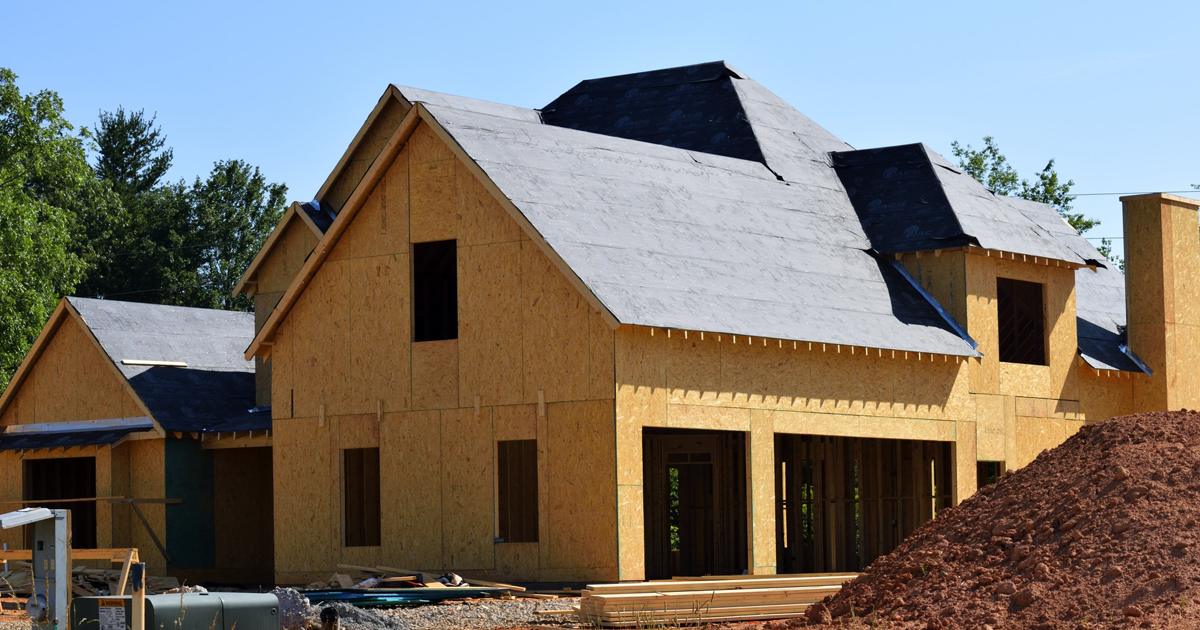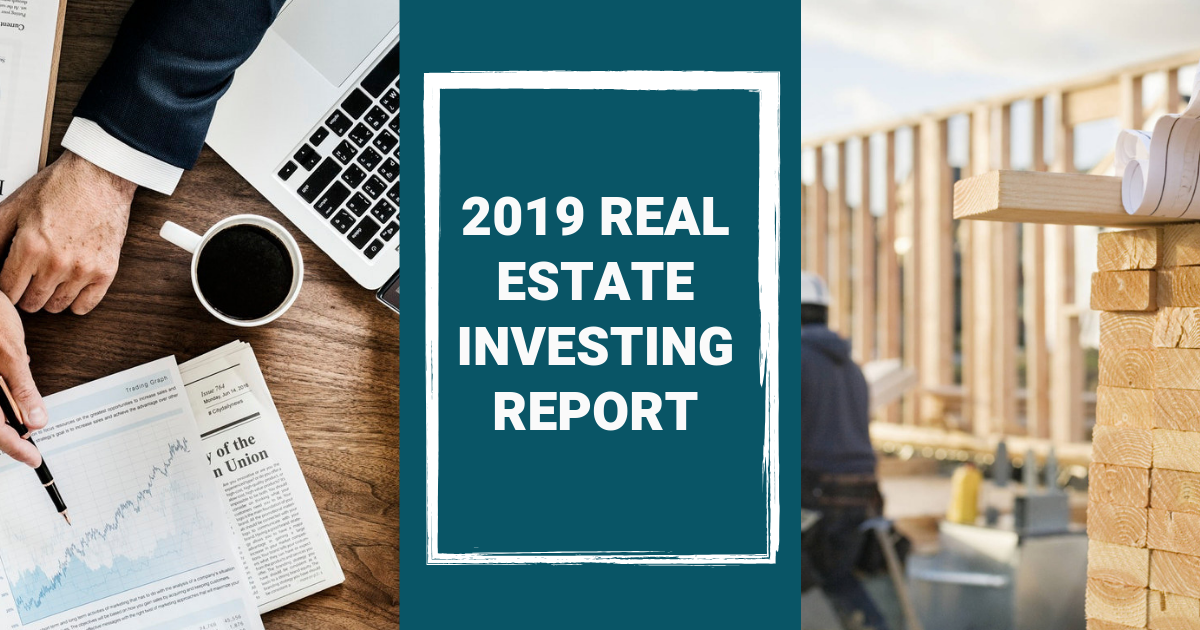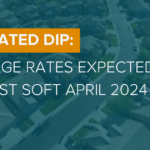Executive Summary
The real estate markets are likely to be more challenging to negotiate in the coming year. Interest rates are higher and recent stock market volatility is possibly signaling slower future economic growth than in the recent past. That being said, the availability of quality housing at an affordable price is still in short supply in most markets. And, an informed investor can still put together a profitable deal that will sell quickly if the purchase price makes sense. However, even if the purchase price is higher than is required for a quick profitable flip, a strategy of buy, fix and refinance can make sense as rental conditions remain strong. The bottom line is: Stay informed, and be quick when you need to be to take advantage of opportunities as they arise.
While the best investment strategy is always the one you understand most intimately, investors benefit from being on top of market trends and staying flexible. You want to be careful not to bounce from idea to idea, but rather to balance your focus and education.
In other words, the best investor is an informed investor.

What can real estate investors expect in 2019?
By most accounts, the market appears fertile for Buy and Holds. Lower inventory, higher sales prices, and rising interest rates have made it pricier to buy a home, while the cost of materials has also risen.
Flipping has cooled in recent years, a trend that appears poised to continue in 2019.
A total of 45,901 single family homes and condos were flipped in the third quarter of 2018, according to ATTOM Data Solutions, whose Q3 U.S. Home Flipping Report noted that flips of single family homes and condos in the third quarter were down 12 percent from a year ago — their lowest level since the first quarter of 2015.
However, the buyers are still out there. Millennials in particular are looking to buy — and some pockets of the country are showing gains in home ownership even while the rest of the country is focused on rentals.
Some background on the real estate investing market
The cool down for fix and flips with the increased demand and interest in rentals is widely attributed to a combination of factors. Pricier mortgages keep the pool of buyers lower, while it’s also been more challenging for the construction industry to build new homes.
This means it’s been more difficult for investors to not only find properties at price points that make sense for a fix and flip project, but also to have a significant number of buyers able to purchase the property on the back end. So, a lot of rehabbers have amended their strategies.
Here’s how the scenario has played out:
Interest rates have risen steadily the past several years, and in 2018 alone, the Federal Reserve raised short-term interest rates four times in an attempt to keep growth in check (the latest coming on Dec. 19). The Fed is widely expected to raise rates twice more in 2019.
This typically affects long-term borrowing as well, making mortgages and home equity lines of credit pricier.
In fact, Trulia reported that 19 percent of renters who wish to buy said that rising mortgage rates were their biggest obstacle to homebuying, up from 13 percent in April.
In addition to higher interest rates, some homeowners have also found the tax benefits of homeownership to be dwindling a bit.
A Nov. 15 article in Forbes said, “States with higher property taxes such as New York, New Jersey, Connecticut and Illinois were hit harder by the 2017 tax reform package that capped the mortgage interest deduction at $750,000 (down from $1 million) and placed limits on state and local deductions, and the effects of that are starting to materialize.”
Those higher interest rates and dwindling tax benefits have coincided with low inventory. Many sellers have found it too expensive to move out — they could sell but would have trouble buying a replacement property at their price point — and opted to stay put rather than list their homes.
And the construction industry has found it tougher to build, with immigration crackdowns affecting their labor costs and tariffs impacting the cost of materials.
From Trulia: “With the construction industry facing significant headwinds from the higher cost of materials and labor as well as rising interest rates, we do not expect much if any growth in new construction starts in 2019 to help alleviate inventory woes.”
In November, the National Association of Realtors said that year-over-year contract signings — an indicator of pending home sales — had dropped for 10 straight months. The NAR’s Pending Home Sales Index (PHSI) is based on signed real estate contracts for existing single-family homes, condos, and co-ops.
Year-over-year contract signings had dropped 6.7 percent. However, the PHSI in the Northeast rose 0.7 percent in October — the only region to rise during that period — and was 2.9 percent below a year earlier.
A Nov. 27 press release from the S&P Dow Jones Indices reaffirmed the sales slowdown and cited rising mortgage rates as one factor.
“Sales of both new and existing single family homes peaked one year ago in November 2017,” said David M. Blitzer, Managing Director and Chairman of the Index Committee at S&P Dow Jones Indices. “Sales of existing homes are down 9.3% from that peak. Housing starts are down 8.7% from November of last year.
“The National Association of Home Builders sentiment index dropped seven points to 60, its lowest level in two years. One factor contributing to the weaker housing market is the recent increase in mortgage rates. Currently the national average for a 30-year fixed rate loan is 4.9%, a full percentage point higher than a year ago.”
Lawrence Yun, NAR’s chief economist, said he expected existing-home sales for 2018 to decrease 3.1 percent to 5.34 million, and that the national median existing-home price would increase 4.7 percent.
The rise in median home prices reflects an ongoing trend. The NAR also tracks first-time homebuyer affordability and for the third quarter of 2018, the mortgage on a starter home was $1,099 — up from $846 in 2015 (factoring in a 10 percent down-payment and subsequent PMI). Perhaps more telling, the Prime first-time median income was lower than the qualifying income.
A March 2018 headline in Trulia declared: “The American Starter Home: Expensive, Small, Broken Down, and Hard to Find.”
While overall inventory had risen for the first time since 2015, Trulia reported, starter home inventory had fallen 14.2 percent the first quarter.
At the same time, the federal Bureau of Economic Analysis reported that real estate and rental and leasing had increased 5.3 percent in the second quarter after increasing 2.7 percent, and said that trend is expected to continue.
In other words, homes are selling for more, at higher interest rates. And while plenty of investment opportunities still exist, trends show cooling sales and increased — or continued — rentals.

What this means for real estate investors: deals are tougher to find, but less competition
Lower inventory and higher lending costs can make it a bit more challenging to find deals, but there’s good news in that: it also tends to thin the competition, as fair-weather investors who jumped into the fray during headier times fall off.
In other words, you’re less likely overall to find yourself in a bidding war in 2019, as the seller’s market cools. And as always, there are deals for those who get creative in their searches and with their marketing.
In this economy, many landlords have looked to cash out, which means more rentals are available to purchase, and the real estate investing market remains strong. According to Deloitte’s 2019 Commercial Real Estate Outlook, global commercial real estate transaction volume increased 13 percent year over year (YOY) in the first half of 2018. The Americas’ volume rose by 9 percent YOY to $132 billion, and the United States led the Americas’ growth with a volume of $122 billion.
If you’re looking to invest in rentals, consider Asset Based Lending’s Renovate to Rent loans, which provide real estate investors with the opportunity to purchase, rehab, and refinance and/or cash out on rental properties or portfolios.
What do buy rehab and rent investors do next?
If you want to expand your rental portfolio or to jump into the Buy and Hold strategy, do your homework. Similar to sales prices, rents can vary not only from town to town, but from one neighborhood to another.
Learn about the associated expenses of owning a rental so you can accurately vet properties and have your finances in order.
As usual, informed investors are better investors so try paying attention to your local news. Real estate sees direct impacts from job growth and economic development, and when you tune in to your state and local news, you’ll have a good idea about what’s coming.
In Connecticut, for example, locals know to expect an influx of people when the federal government announces it’s building more submarines — because a sub base is located in the town of Groton.
Similarly, Orlando, Florida recently ranked as the top housing market in the country according to Local Market Monitor. If you’d been paying attention, you might have already known the area was robust.
According to an article in Forbes, Orlando had seen 7.1 percent job growth the past two years and 7.6 percent population growth. At the same time, home prices increased 9 percent in 2017 but still had plenty of room to grow.
Local Market tapped a handful of East Coast cities in its “Best Rental Markets” list for 2018, including (but not limited to) Lakeland, Jacksonville, and Orlando, FL.; and Boston, MA — all locations that Asset Based Lending lends in. Jacksonville, FL. also ranked third in Trulia’s list of 10 Housing Markets to Watch in 2019.
And rentals aren’t the only way to go; single family fix and flips, can be a great investment if done properly.
According to Trulia, “The largest gains in homeownership rates in recent years were among those under 35 years old. And more of these younger Americans say they intend to buy a home soon. Of Americans aged 18 to 34, 21 percent say they plan to buy within the next 12 months, up from 14 percent last year.” Trulia also said the national homeownership rate is steadily rising and was at the same level it was in 2014.
ATTOM, the national property data warehouse, reported that Cape Coral, FL — a popular hard money lending area for ABL — had the highest average gross flipping ROI (881 percent) in Q3 2018 among zip codes with at least 10 flips.
Overall, according to ATTOM, among 133 metropolitan statistical areas with at least 50 flips in Q3 2018 and a population of at least 200,000, those with the highest average gross flipping ROI in Q3 2018 included: Pittsburgh, PA (136.7 percent); Cleveland, Ohio (120.2 percent); Atlantic City, NJ (110.3 percent); Scranton, PA (109.0 percent); and Philadelphia, PA (107.9 percent).
And finally, one final factor to consider: starter homes like these are easier to rent if you need a Plan B. A lower rent means a wider pool of potential tenants and less vacancies.
The bottom line? Go with what you know.
While signs point to a strong Buy and Hold economy, don’t be swayed by popular sentiment and trends alone.
You can successfully flip houses or build your portfolio of rentals in any economy, so long as you’ve done your homework and stayed true to your strategy. 2019 will be a strong year for educated investors.







0 Comments